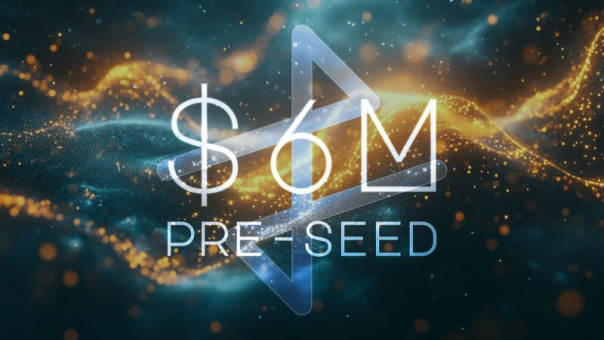Addressing the Costs of Digital Expansion
By Vukan Ljubojevic | TH3FUS3 Senior Writer
September 20, 2024 09:07 AM
Reading time: 2 minutes, 47 seconds
TL;DR The digital economy brings numerous benefits, but its costs often go unnoticed. From human trafficking on social media to cybersecurity vulnerabilities, the digital asset community must address the prevalence of fraud to scale sustainably.

The benefits of the digital economy are frequently touted. The Internet and digital assets offer unprecedented access and efficiency. However, the costs are often overlooked.
The rise of human trafficking on social media platforms and the increase in cybersecurity vulnerabilities are just a few examples. As the digital economy expands, new risks must be managed.
The digital asset community is no different. To scale and become sustainable, it must confront the prevalence of fraud. This challenge is not impossible.
Distributed ledger technologies are already solving concrete use cases. This week in Vienna, Austria, the Austrian National Bank, in collaboration with the Complexity Science Hub and other sponsors, is hosting a conference on advances in financial technology.
The event features many presenters who have researched value-enhancing uses of blockchain technology.
Thanks to pioneering work by the Federal Trade Commission's Consumer Sentinel, we now have basic statistics on fraud incidence. This data identifies the perpetrators and the countries with the most significant violations.
Michel Grosz and Devesh Raval from the FTC use these data to show that countries with excess fraud levels can be pinpointed based on their exports. This caliber of data and the processes supporting its collection are essential to countering fraud.
"We need this caliber of data and the processes to support its collection to make strides in countering fraud."
Unfortunately, crypto does not have an excellent reputation in this area. In 2023, the FTC reported $114 million in fraud from Bitcoin ATMs (BTMs). The number of crypto scams has surged in recent years.
However, these statistics need perspective. Fiat currencies remain the primary choice for fraud worldwide. We should not compare the worst of crypto with the best of fiat.
Nevertheless, we must establish the right incentives and processes within the digital asset ecosystem to counter fraud wherever possible.
Fortunately, there is already a wave of blockchain use cases countering fraudulent activity. Financial auditing is one such example. Auditors cannot curate gainly cross-check transactions between different organizations.
This limitation could lead to misreporting scandals involving millions of dollars. New blockchain protocols, such as ledger consistency with Smart Contracts (CLOSC) and ledger consistency with Linear Combinations (CLOLC), are emerging.
These technologies will enable auditors to verify cross-ledger transactions more efficiently with built-in privacy and security properties, such as transaction amount privacy and organization-auditor unlinkability.
Scalability is another crucial factor for institutional adoption. Layer-2 (L2) solutions like rollups handle transactions off the main blockchain and then post the results.
Ensuring the security of these rollups is a significant concern. A recent study proposed a "watchtower" system where independent actors are rewarded for monitoring transactions and raising alarms when something seems wrong. These watchtowers use a "proof of diligence" system to prove they have monitored transactions properly.
They can challenge false data and earn rewards if they catch errors. The solution lies in technology and the economics of designing adequate incentives to prevent wrongdoing and promote trust.
Value-enhancing examples abound in the blockchain ecosystem, as the AFT conference in Vienna will showcase. We must quantify the benefits of actual use cases and amplify their integral role in enabling economic and social activity.
One of the greatest use cases of blockchain technologies is improving security and countering malicious actors. However, we need to take our approach to talking about and pitching blockchain as a solution more seriously.



